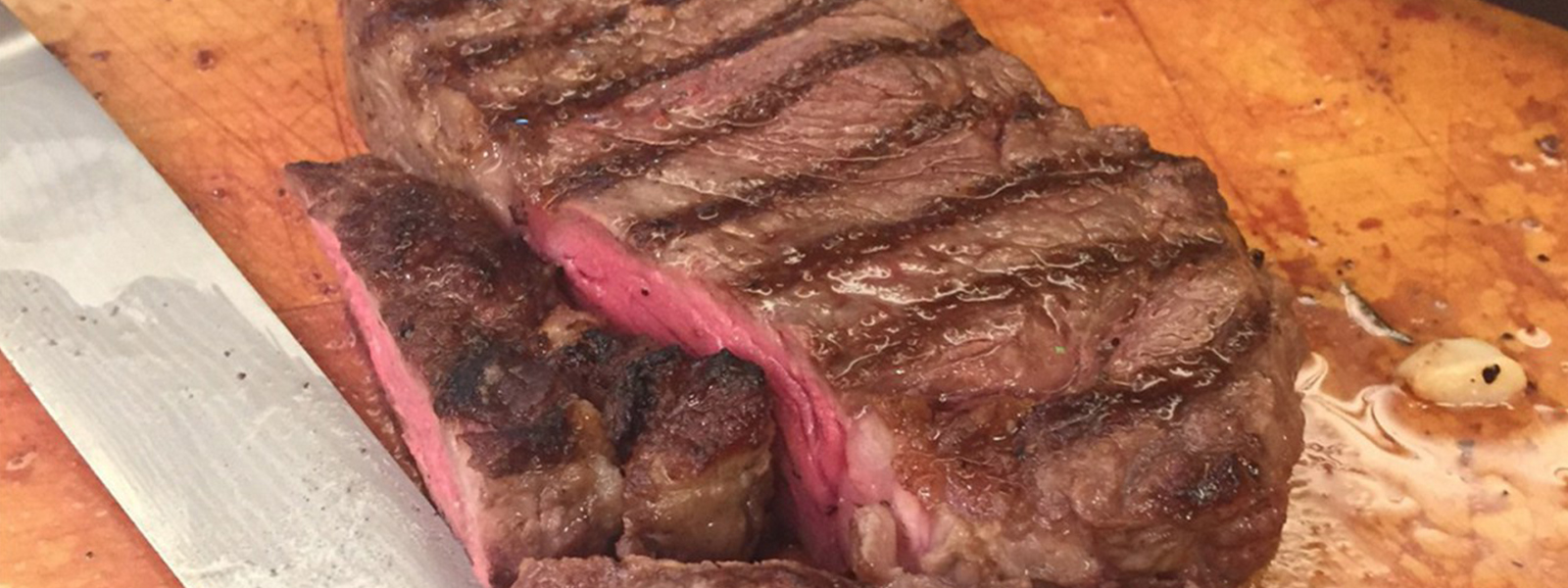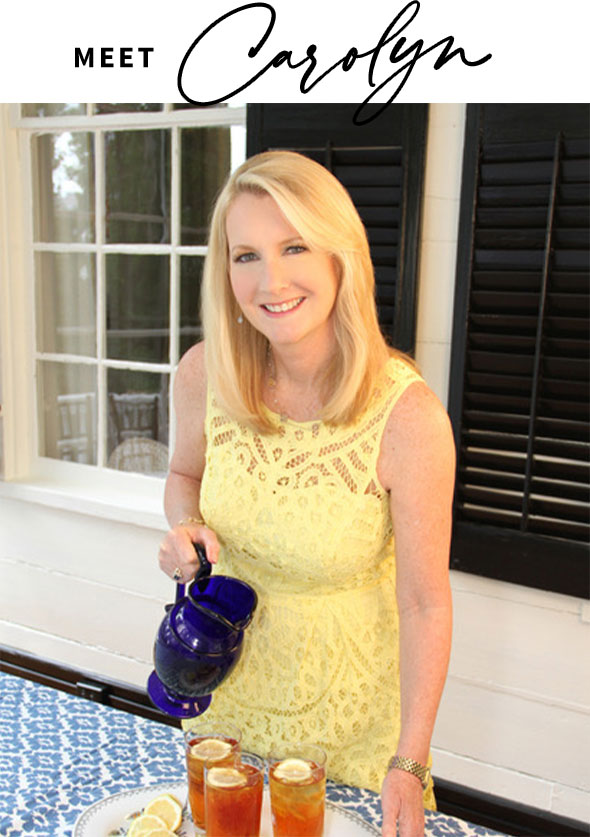February 9, 2017
Beef Marbling adds Satisfaction to Healthy Portions

You can enjoy the thrill of the grill even when the weather won’t cooperate if you use a specially designed pan with raised grooves that create the grill marks.
Demonstrating how to cooks steaks on a cooktop at the Le Creuset L’Atelier in Charleston, chef Michael Ollier made sure the cookware company’s cast iron grill pan was good and hot before placing a pretty filet mignon on the grooves.
As the steak sizzled and beefy aromas filled the air, we waited. “Always bring patience to the grill,” said Ollier, who is the corporate chef for the Certified Angus Beef brand. Picking up the steak with tongs he showed a group of food writers the perfectly charred grill lines and then placed the cooked side down again but at the opposite angle to create a crisscross design. “Diamonds are a grill’s best friend,” Ollier joked.
Beef must meet strict standards to be called Certified Angus Beef including specifications for tenderness and marbling, the tiny white threads of fat that run through the meat which add flavor and juiciness. The US Department of Agriculture grades beef based on marbling. USDA Prime has the most marbling, USDA Choice is in the middle and USDA Select has the least marbling (its the leanest grade but can often be tough when cooked on the high heat of a grill).
Certified Angus Beef is classified as USDA Choice but chefs prize it for its consistent tenderness whether cooked medium-rare or well done.
“Everyone should have the same experience no matter how they order their steak,” said chef Craig Deihl of Cypress restaurant in Charleston. Deihl pairs the filet of beef with a red pepper puree or you can ask for some house made salsa verde to add a bracing counterpoint to the richness of the beef.
Ollier suggests chimichurri, a South American fresh herb, garlic and vinegar based sauce, “It’s fifty-fifty vinegar to oil so the acid works well to cut the fatty mouthfeel of beef.”
All this talk about beef fat and you’re probably wondering why this registered dietitian is writing about marbling. Well, here are some fast facts. The US Dietary Guidelines for Americans recommend we limit saturated fat (the kind found in beef, bacon and dairy) to less than ten percent of total calories. That means we get to enjoy a little. If the suggested portion size for beef is three ounces, it seems to me that choosing a tender juicy cut would add more satisfaction to a modest serving. A splurge on a big porterhouse steak can still be part of a healthy meal pattern if it’s an occasional treat, and enjoyed with grilled vegetables and a fresh salad. Skip the high fat Béarnaise sauce and go for the chimichurri.
“You might be surprised to find that 10 percent or less of the saturated fat in the American diet comes from beef, “said Shelley Johnson, registered dietitian with the National Cattlemen’s Beef Association. She said according to government food surveys, “Just 5 percent of calories in the American diet come from beef.”
All cuts of beef, regardless of grade, are a good source of zinc, iron and protein.
More Nutrition Notes: A 3-ounce serving of beef is about 170 calories, on average, yet an excellent source of six nutrients (protein, zinc, selenium, niacin, vitamin B6 and B12) and a good source of four nutrients (phosphorus, iron, riboflavin and choline).





